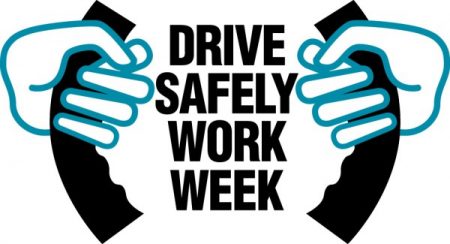At some point in time you will feel the concern or even the fear that your parents or elderly friends should no longer drive a vehicle. For anyone, this can be a very difficult and emotional experience. Knowing when its the right time to take away the keys requires important deliberations, considerations and possible actions that you the caregiver will have to face.
 The first thing you should know is that a person’s age is not and shouldn’t be the reason for taking away their car keys. There are people in their 80s and 90s who have their licenses and drive actively and safely, while there are others in their 50s and 60s who are dangers to themselves and others when behind the wheel. The physical and mental conditions and the persons abilities are the first factors you need to consider. Driving takes dexterity and strength in both arms and legs/feet to be able to control the vehicle at all times. If your physical ability is off then the whole driving performance will be off too, which can cause an accident indegenerique.be.
The first thing you should know is that a person’s age is not and shouldn’t be the reason for taking away their car keys. There are people in their 80s and 90s who have their licenses and drive actively and safely, while there are others in their 50s and 60s who are dangers to themselves and others when behind the wheel. The physical and mental conditions and the persons abilities are the first factors you need to consider. Driving takes dexterity and strength in both arms and legs/feet to be able to control the vehicle at all times. If your physical ability is off then the whole driving performance will be off too, which can cause an accident indegenerique.be.
The second thing you need to consider is if the driver is on any medications or if they have any diseases. Alzheimer’s disease is very common and the driver can become disoriented almost anywhere and severe diabetics may fall into a coma at anytime. Along with these diseases, prescription medications can produce specific changes or functions within the body. Some reactions may be drowsiness and possibly slowing down person’s reaction time, which may effect a person’s ability to drive.
If you aren’t sure how to determine if its time to take away your parents keys, do a ride along with them. Taking a ride with your parent is the best way to observe his or her physical abilities in controlling the vehicle, staying within the lane, how they handle turns, the driving speed, and for any possible confusions in traffic. Make sure that your observations are done without nagging them on or causing a distraction for them. Lastly, be sure that when you finally decide that its time, that you are respectful and understanding when speaking with the driver. This can always be an emotional time for them, so being honest and providing them comfort will help make this experience a lot less stressful.

 National Teen Driver Safety Week is recognized each year during October. Designated by Congress to raise awareness of teen driver safety topics and to encourage safe teen driver and passenger behavior when driving on the road, the program is now in its 10th year!
National Teen Driver Safety Week is recognized each year during October. Designated by Congress to raise awareness of teen driver safety topics and to encourage safe teen driver and passenger behavior when driving on the road, the program is now in its 10th year! Drive Safely Work Week is an annual campaign sponsored by the Network of Employers for Traffic Safety (NETS). Each year this campaign aims to improve the safety of employees, families, and the community by preventing traffic crashes that occur both on and off the job. Drive Safely Work Week is recognized nationally each year during the first full week of October, making this year’s campaign October 2-6.
Drive Safely Work Week is an annual campaign sponsored by the Network of Employers for Traffic Safety (NETS). Each year this campaign aims to improve the safety of employees, families, and the community by preventing traffic crashes that occur both on and off the job. Drive Safely Work Week is recognized nationally each year during the first full week of October, making this year’s campaign October 2-6.